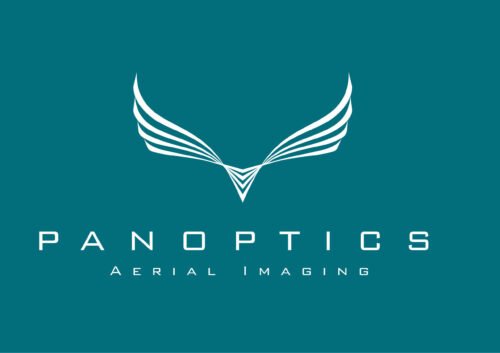Aerial imaging is revolutionizing the way we capture and analyze data from above. With advancements in technology, aerial imaging has become more accessible and affordable, allowing businesses and individuals to gather valuable information from a bird’s-eye view.
What is Aerial Imaging?
Aerial imaging refers to the process of capturing images or videos from an elevated perspective using drones, airplanes, helicopters, or satellites. It provides a unique and comprehensive view of the landscape, allowing for detailed analysis and mapping.
There are various applications for aerial imaging across different industries. In agriculture, aerial imaging can be used to monitor crop health, identify areas of irrigation issues, and optimize fertilizer usage. In construction, it can assist in site planning, progress monitoring, and surveying. In environmental studies, it can help in mapping and monitoring ecosystems, tracking wildlife populations, and identifying changes in land use.
The Benefits of Aerial Imaging
Aerial imaging offers several advantages over traditional ground-based methods. Here are some key benefits:
1. Enhanced Perspective
By capturing images from above, aerial imaging provides a wider and more detailed perspective. This allows for better understanding and analysis of large areas, especially in cases where ground access is limited or difficult.
2. Time and Cost Savings
Aerial imaging can significantly reduce the time and cost associated with data collection. Instead of manually surveying large areas, aerial imaging can quickly capture high-resolution images or videos, saving both time and resources.
3. Safety
Aerial imaging eliminates the need for personnel to physically access hazardous or hard-to-reach areas. This improves safety by reducing the risk of accidents and injuries.
4. Accuracy and Precision
Aerial imaging technologies, such as LiDAR (Light Detection and Ranging), can capture highly accurate and precise data. This enables precise measurements, 3D modeling, and detailed analysis for various applications.
Choosing the Right Aerial Imaging Solution
When considering aerial imaging for your specific needs, it is important to choose the right solution. Here are some factors to consider:
1. Purpose
Clearly define your objectives and the specific information you need to gather through aerial imaging. This will help determine the appropriate equipment and techniques to use.
2. Equipment
There are various options for capturing aerial images, including drones, airplanes, helicopters, and satellites. Each has its own advantages and limitations, so choose the equipment that best suits your requirements.
3. Data Processing
Consider how the captured data will be processed and analyzed. Look for software or service providers that can handle the data processing and provide meaningful insights.
4. Regulations
Be aware of the regulations and restrictions regarding aerial imaging in your area. Ensure that you comply with all legal requirements and obtain any necessary permits or licenses.
Conclusion
Aerial imaging is a powerful tool that offers numerous benefits across various industries. It provides a unique perspective, saves time and costs, enhances safety, and enables accurate data collection and analysis. By choosing the right aerial imaging solution and understanding its potential, businesses and individuals can unlock valuable insights and make informed decisions based on the bird’s-eye view.
